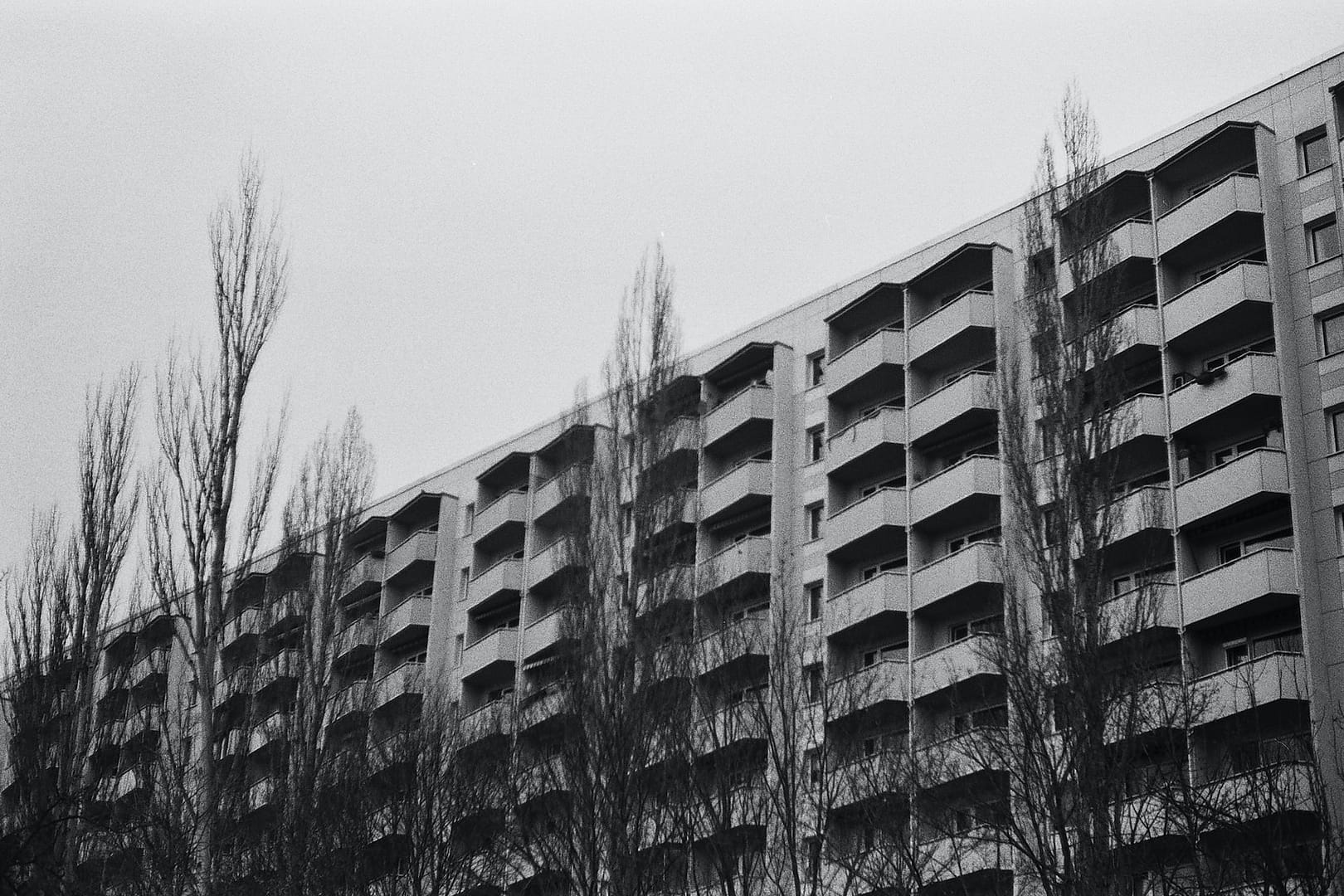Tackling disrepair in historic social housing estates is not just a catchphrase; it’s a call to action, a commitment to revitalise and preserve the heritage of communities. In the heart of this issue lies the challenge of maintaining these historic housing estates, which have stood witness to the ebb and flow of time. Join me on a journey where we explore the nuances of disrepair, the responsibilities of housing associations, and the urgency in addressing these challenges.
Unravelling the Thread of Disrepair
Disrepair, like a silent intruder, creeps into the very fabric of historic social housing estates. Crumbling walls, leaking roofs, and creaky floorboards can dampen not just the physical environment but also the spirits of those who call these places home. It’s a story of neglect that, if left untold, jeopardises the essence of these historic landmarks.
Understanding the Urgency
The ticking clock of disrepair prompts us to ask a critical question: What is the time limit for housing disrepair claims? Time, it seems, is both an ally and an adversary. In the UK, the Limitation Act 1980 outlines the time limit for bringing claims related to disrepair. Generally, tenants have six years to pursue legal action, starting from the date the disrepair occurred. However, in cases where personal injury is involved, the limit extends to three years. This legal framework sets the stage for a timely response to the challenges of disrepair.
The Role of Housing Associations
Historic social housing estates often find themselves under the care of housing associations. But do housing associations have a duty of care to their tenants? The answer is a resounding yes. Housing associations play a pivotal role in ensuring the well-being of their tenants, which extends beyond providing a roof over their heads. It encompasses maintaining the very integrity of the historic spaces that form the backdrop of countless lives.
Navigating the Duty of Care
The duty of care goes beyond mere legal obligations; it is a moral commitment to create safe and habitable living conditions. Housing associations are entrusted with the responsibility of promptly addressing disrepair issues, thereby safeguarding the quality of life for their tenants. This duty encompasses regular inspections, timely repairs, and a proactive approach to preventing disrepair from escalating into more significant problems.
Balancing Act: Preservation vs. Modernisation
Preserving historic social housing estates requires a delicate balance between maintaining the original charm and introducing modern amenities. While the aesthetic appeal of historic architecture is undeniable, the need for functionality and energy efficiency cannot be ignored. Housing associations, in discharging their duty of care, must navigate this intricate balance, ensuring that the essence of the past harmoniously coexists with the demands of the present.
Challenges on the Path to Restoration
As we delve deeper into the narrative of tackling disrepair in historic social housing estates, we encounter a myriad of challenges. Limited resources, bureaucratic hurdles, and the sheer scale of restoration efforts can cast shadows over the journey toward revitalization.
Resource Constraints
One of the primary challenges faced by housing associations is the constraint of resources. Restoration projects require substantial financial investments, and securing funding for historic estates may pose a considerable challenge. Striking a balance between maintaining affordability for tenants and allocating sufficient funds for restoration becomes a tightrope walk for housing associations.
Bureaucratic Hurdles
Navigating the bureaucratic maze can be a daunting task for housing associations eager to address disrepair. Planning permissions, heritage considerations, and coordination with local authorities add layers of complexity to the restoration process. Streamlining these bureaucratic procedures is crucial to expedite the much-needed repairs and breathe new life into historic housing estates.
Scale of Restoration Efforts
The sheer scale of restoration efforts can be overwhelming. Historic social housing estates often consist of numerous buildings, each with its unique set of challenges. Coordinating repairs on a large scale requires meticulous planning, efficient project management, and a commitment to seeing the restoration through to completion.
A Beacon of Hope: Collaborative Solutions
Amidst the challenges, there emerges a beacon of hope through collaborative solutions. Tackling disrepair in historic social housing estates necessitates a collective effort involving tenants, housing associations, government bodies, and the wider community.
Tenant Empowerment
Empowering tenants with knowledge about their rights and avenues for recourse is a crucial step. Education initiatives can bridge the information gap, ensuring that tenants are aware of the time limits for disrepair claims and the role housing associations play in maintaining their homes.
Community Engagement
Engaging the local community in restoration efforts fosters a sense of ownership and pride. Collaborative initiatives, such as community clean-up events and heritage awareness programs, not only contribute to the physical restoration but also strengthen the social fabric of these historic neighbourhoods.
Government Support
Government support, both in terms of policy frameworks and financial assistance, is instrumental in overcoming resource constraints. Incentives for housing associations to invest in restoration projects and streamlined approval processes can catalyse the transformation of historic social housing estates.
Making a Housing Disrepair Claim with National Claims
As a beacon of support in this journey, National Claims stands ready to assist tenants in making housing disrepair claims. Our perspective is rooted in a commitment to justice and the well-being of tenants. We understand the intricacies of disrepair cases and strive to ensure that every claim is handled with the urgency and care it deserves.
Our Approach
National Claims takes a proactive approach to guide tenants through the process of making disrepair claims. Our team of experts is well-versed in the legal frameworks governing such claims, ensuring that every aspect is thoroughly examined to build a robust case.
Empowering Tenants
We believe in empowering tenants by providing them with the knowledge and resources needed to assert their rights. From understanding the time limits for claims to offering guidance on documenting disrepair issues, National Claims is dedicated to ensuring that tenants are well-informed and supported throughout the claims process.
Transparent and Responsive
Transparency is at the core of our operations. We keep tenants informed at every stage of the claims process, ensuring that they are aware of developments and timelines. Our responsive approach means that tenants can rely on us to address their concerns promptly and effectively.

Conclusion
In conclusion, tackling disrepair in historic social housing estates is a multifaceted journey that intertwines legal obligations, moral responsibilities, and community engagement. The urgency imposed by time limits for housing disrepair claims underscores the need for proactive measures. Housing associations, as custodians of these historic spaces, must embrace their duty of care with a holistic perspective, balancing preservation and modernization.
The challenges encountered along this journey are not insurmountable; rather, they are opportunities for collaboration and innovation. By empowering tenants, engaging communities, and garnering government support, we can transform disrepair into a story of restoration and resilience. In doing so, we not only preserve the physical structures of historic social housing estates but also breathe life into their living legacy for generations to come.
Get started on your claim now by getting in contact with us and speak to one of our claims specialists.
Click below to see why we are one of the most trusted claims management companies in the UK.

We’re proud of our excellent customer reviews
We thrive on delivering exceptional service and ensuring our clients’ satisfaction. Don’t just take our word for it. Check out some of our independent reviews to see what our clients have to say.
Excellent

This firm is excellent, they sorted out my car pay out and injury claim very fast, they always communicate with you all the time.

My accident case was dealt with confidence and with great result of the outcome, especially James kept me informed all the time.

I was very impressed at the way my inquiry was treated. I was listened to attentively and everything I needed to know was explained to me.






